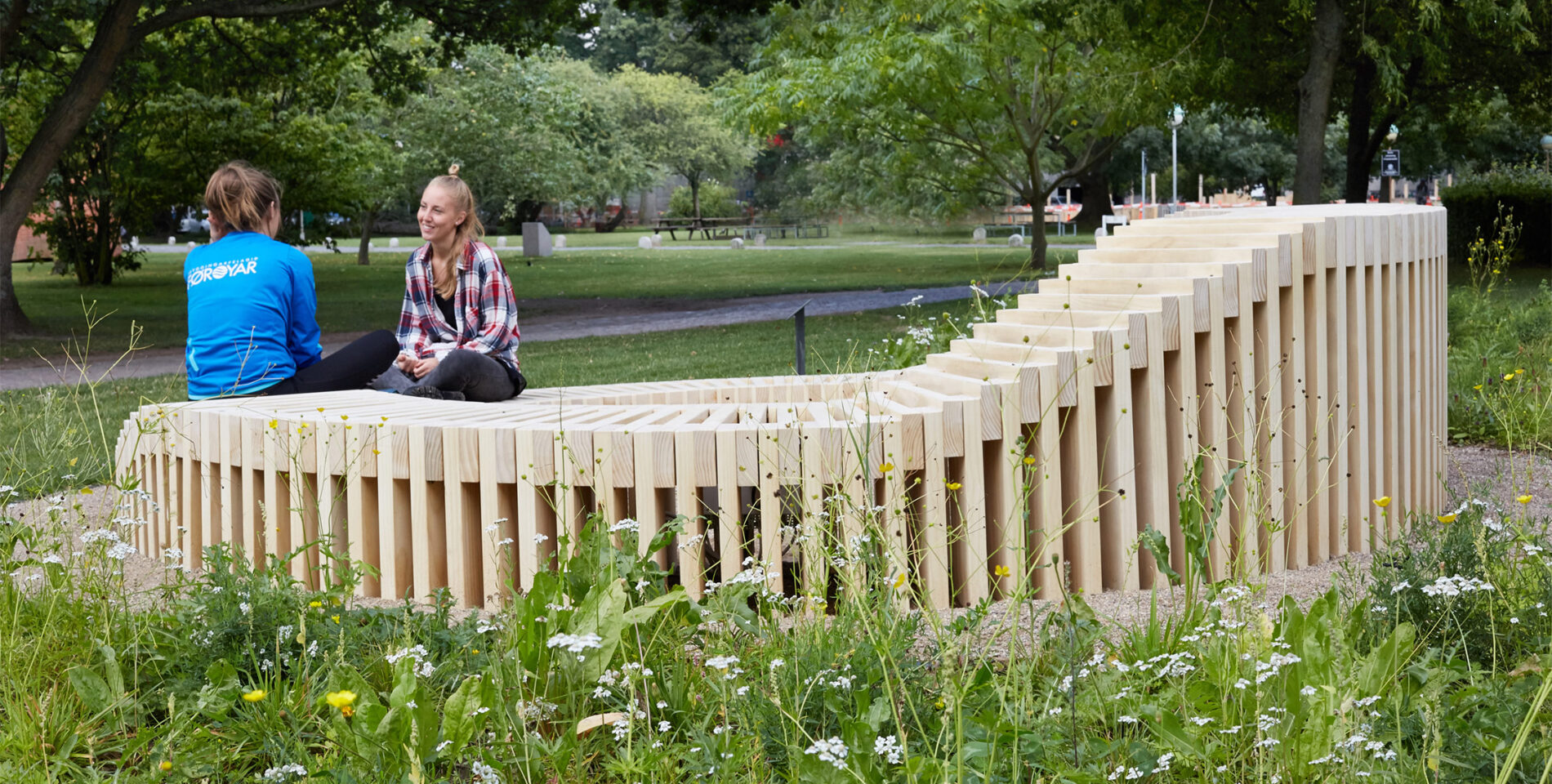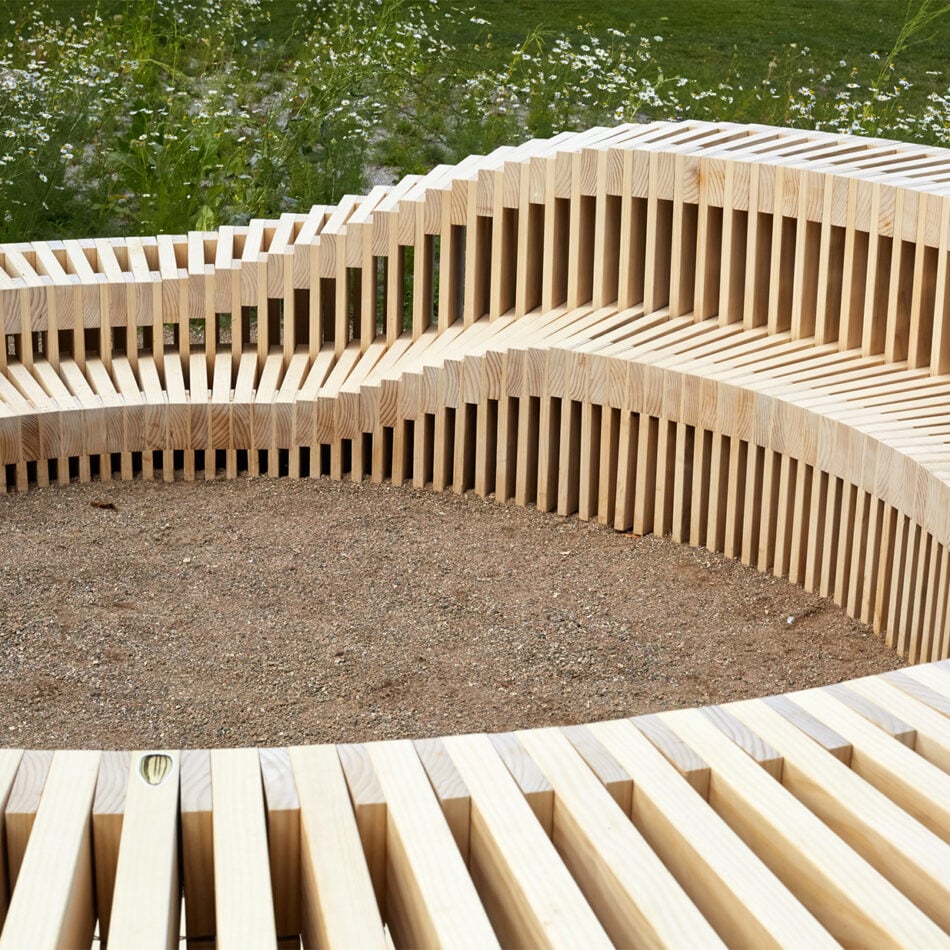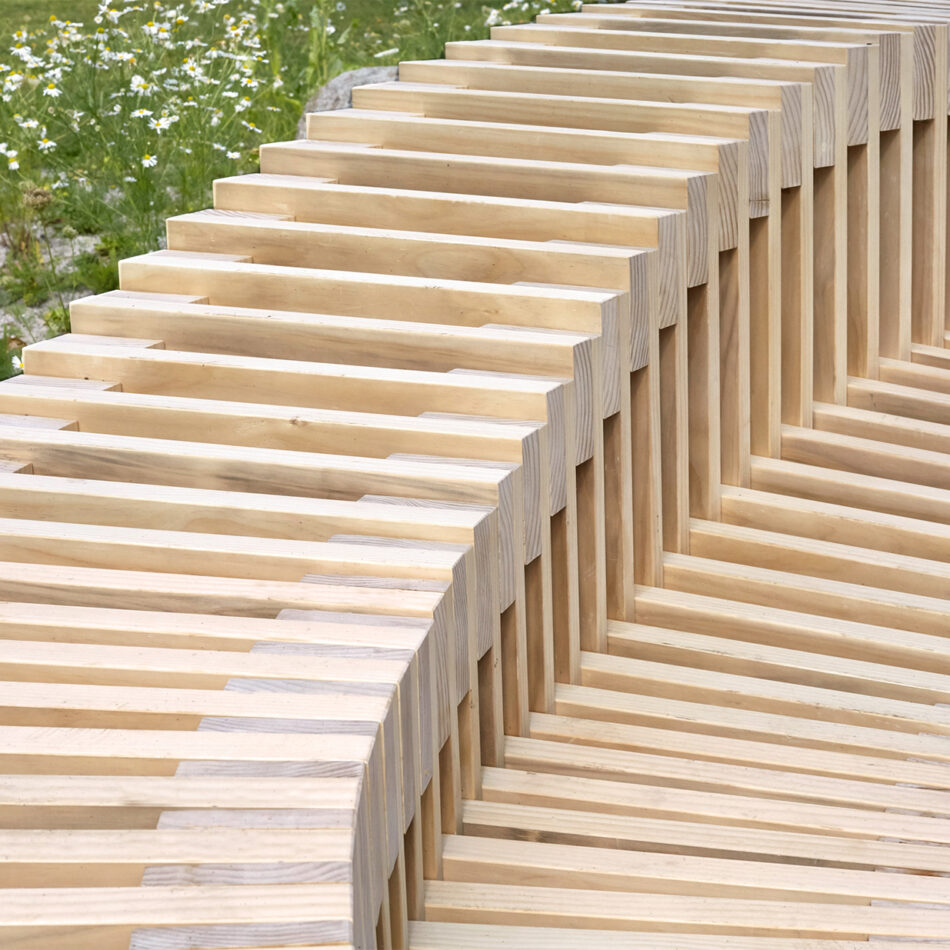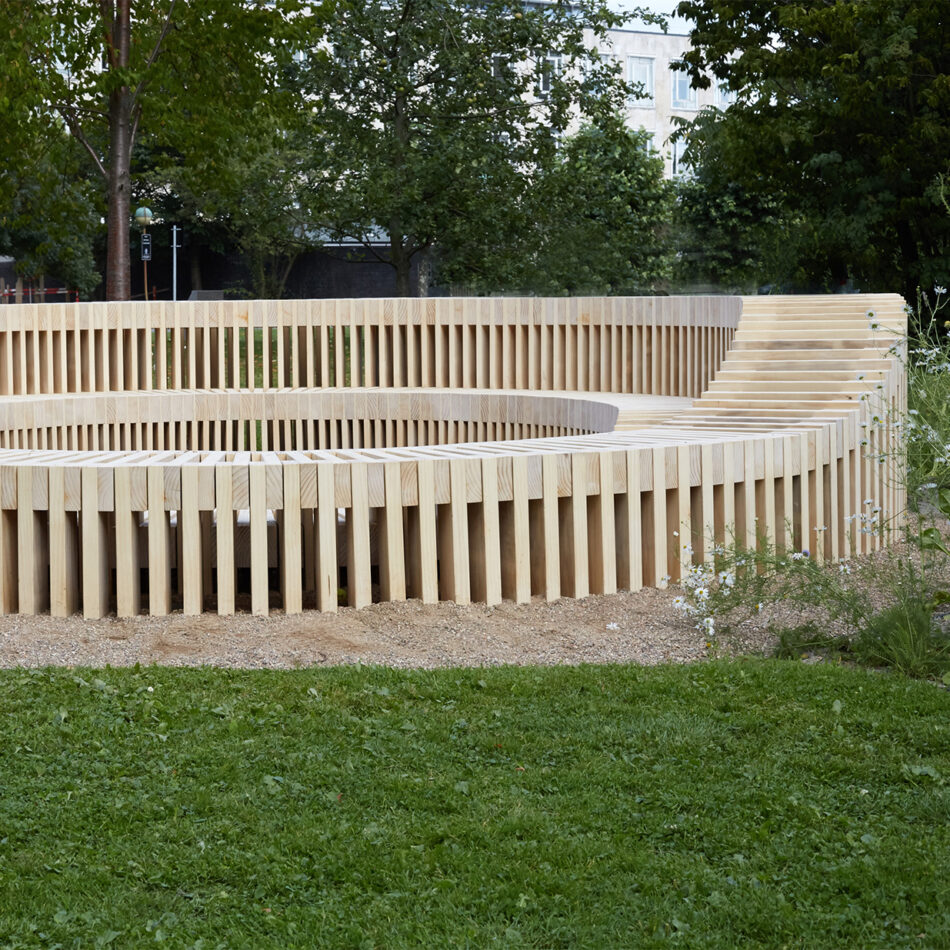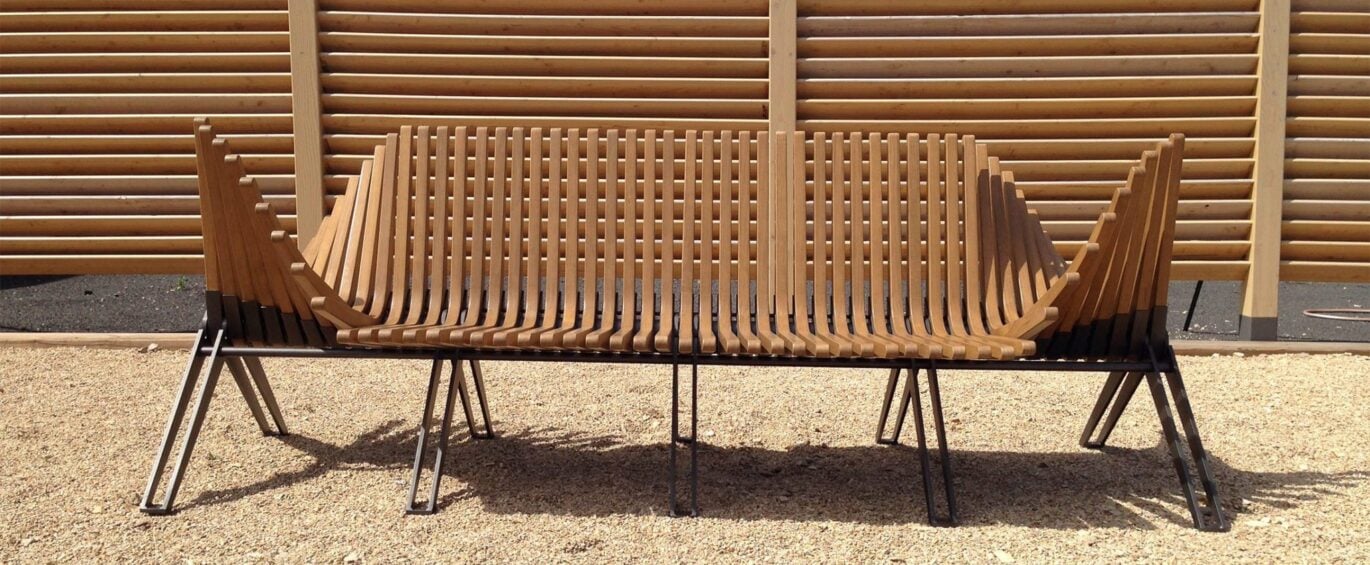“The wild campus”
At the beginning of September 2015, Copenhagen University inaugurated a number of natural settings, on a total of 600 m2, located in the green outdoors of the Faculty of Science – Northern Campus.
The wild Campus
The purpose of the natural settings is, according to Elisabeth Wulffeld – Leader of the project, to inspire and inform citizens and students about the natural habitats. The faculty is hoping to achieve this by making the Northern Campus into, not only an outdoor living but also a kind of showcase in the middle of the city – the wild nature you normally find outside the city.
“We do this in hope of awakening great experiences and stories based on nature, and thereby encourage more people to visit the countryside outside the city.” Says Elisabeth Wulffeld, Communications Officer and Project Manager.
Copenhagen University also has a goal to give Northern Campus a stronger identity as “the wild campus” and thereby raise awareness of the Faculty of Science, which among other houses the future biologists of the world. The students will hopefully, in addition to aesthetically, also benefit academically from the 80 different species of wild flowers growing in the area.
So far the wild Campus includes five natural settings – two grass fields, a meadow, a forest and a beach area. The nature settings represent 4 different and at the same time well-known, habitats from nature.
Lifelong durability
GXN is responsible for the design of the unique seating furniture that is placed in different settings. Since the furniture ís part of the green project of the University, and that it is placed outdoors year round, the GXN chose the sustainable and durable wood Accoya as the ideal material for this furniture.
Modern nature habitats
In cooperation with GXN, Copenhagen University chose to low power outlets in the furniture to stimulate the students to bring their laptop to work in these new outdoor livings.
The furniture also has built-in lights, which light up the outside area, when darkness falls, and create a unique mood in the natural spaces. The lights also help to extend the time, in which the furniture can be used.
To expand the experience of the various nature areas, Copenhagen University has installed QR-codes, that links to information about the different species of wild flowers in the areas. The university has also made 8 short movies, guiding you to scenic areas of Zealand.
Easy to process
Kuubo Architects, who are responsible for the processing of Accoya for the beautiful furniture, said that Accoya wood was “a true pleasure” to process. That, in processing terms, puts the material right down the line of the sustainability strategy for the project.
The support for the project has generally been overwhelming. During the project, the University of Copenhagen has cooperated with many competent and passionate partners and received support from the Nordea Foundation. To maintain the vegetation in the areas, the University, in addition to the associated gardeners, also has got volunteering flower-ambassadors to help.
Project Statistics
Builder: Copenhagen University – the Faculty of Science, The Natural History Museum and the Nordea Foundation – http://www.science.ku.dk/vildcampus
Architect/design: GXN via 3xn – www.gxn.3xn.dk
Production/wood processing: Kuubo Architects – www.kuubo.dk
![]() Inspiration
Inspiration 